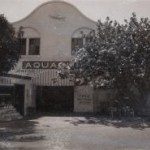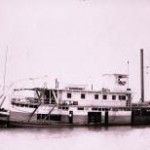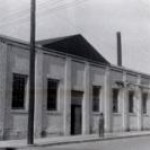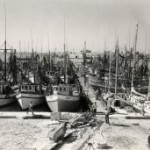Downtown
Key West Aquarium
The Key West Aquarium was the first open-air attraction in Florida. Built between 1932 and 1934, when Key West was in the grips of the Great Depression and on the verge of bankruptcy. The Aquarium was the invention of Dr. Robert Van Deusen, the Director of the Fairmount Park Aquarium in Philadelphia. A WPA project, it was the first island tourist attraction as well as a research center and clearing house for subtropical aquatic animals and plants.
Ferry Boats
Ferries were the lifelines of the Florida Keys during the last two centuries. Henry Flagler relied on these vessels both to build the Over-Sea Railroad, which stretched 156 miles from the mainland, and to carry his train cars over 90 miles of open ocean to Cuba. In 1935, a devastating hurricane hit the Middle Keys, wiping out the railroad. Ferries filled the transportation gap between the time the railroad was destroyed and the Overseas Highway was completed. Today the tradition of ferry travel to the mainland continues.
Island City House
This wooden structure was built in the 1880s by a wealthy Charleston merchant. The private residence was well situated in what was then the center of town. In 1908, the owners transformed the house into a hotel in anticipation of the completion of the Over-Sea Railroad. The structure was enlarged and a third floor was added to increase room capacity. Notice the wooden silhouette of the railroad's unique bridge spans stretching across the top facade of the building. By 1912 the building opened as Island City House Hotel.
Industry Row
This block was originally on the water's edge. It housed seven structures that supported some of the islands most important industries. There was a large cigar box making factory, a saw mill, a building to kiln dry wood, and lumber storage buildings. A large ice house stood here supplying ice to pack fish, shrimp, and turtle meat for markets on the mainland. There was also a fish market facing the seaport. Early in the 1900s, new land was added to expand the shoreline.
Shrimp Boat Fleet
Florida pink shrimp were discovered at the Dry Tortugas in 1947. News of the find spread quickly and by the 1950's these docks were home to 500 shrimp trawlers. There were so many boats in port that it was often said that you could walk across one side of the seaport to the other without ever touching water. The era of shrimping was nicknamed "the pink gold rush".




